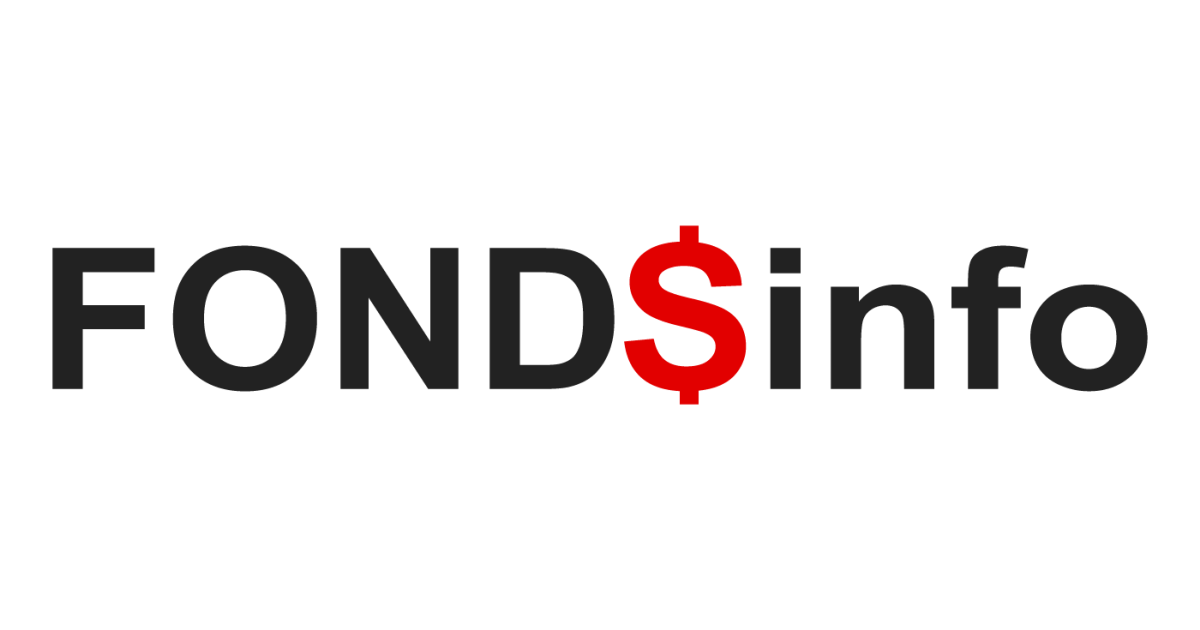By Lowie Debou, Fund Manager Fixed Income at DPAM
 Lowie Debou |
We finally got a “trade deal” between the EU and the US! Although in reality what we got is more the key headlines to start up negotiations for a trade framework, being only one of the first and easy steps to get to a final trade deal. Some might say that the new trade deal is a bad outcome for Europe, and that is correct in the sense that the agreed tariff level is worse than before (from 1.5% to 15%). However, in the range of possible outcomes and tariff levels, this really is the best deal the EU could get as it is in line with the trade deal Japan got, and much better than the level that would kick in from August onward.
Given the sizable increase in the EU tariff level, this should still have a significant impact on EU growth, even as markets have completely dismissed this growth narrative only days after the first reciprocal tariff announcements at the start of April. Positively, it should make ECB policy making somewhat easier, as one of its fears was that an increased US tariff rate would be met by EU retaliation, which would also increase prices in the EU. We always dismissed this fear, as the EU retaliation would be very (politically) targeted and not inflationary. As the ECB did not share our view, for them it should provide some more certainty for its policy making.
In conclusion, even in the positive context that economic uncertainty should decrease - even with a higher tariff level -, the effects on growth will still be negative and the risks for (higher) inflation have decreased. As such, although the ECB believes they are in a good place with policy rates at 2%, we believe they will have to continue lowering the deposit rate as the Eurozone is still growing below potential (though less bad than before) and the disinflationary trend remains very intact. With European interest rates at current levels, this should provide significant appetite for investors to increase their exposure.



